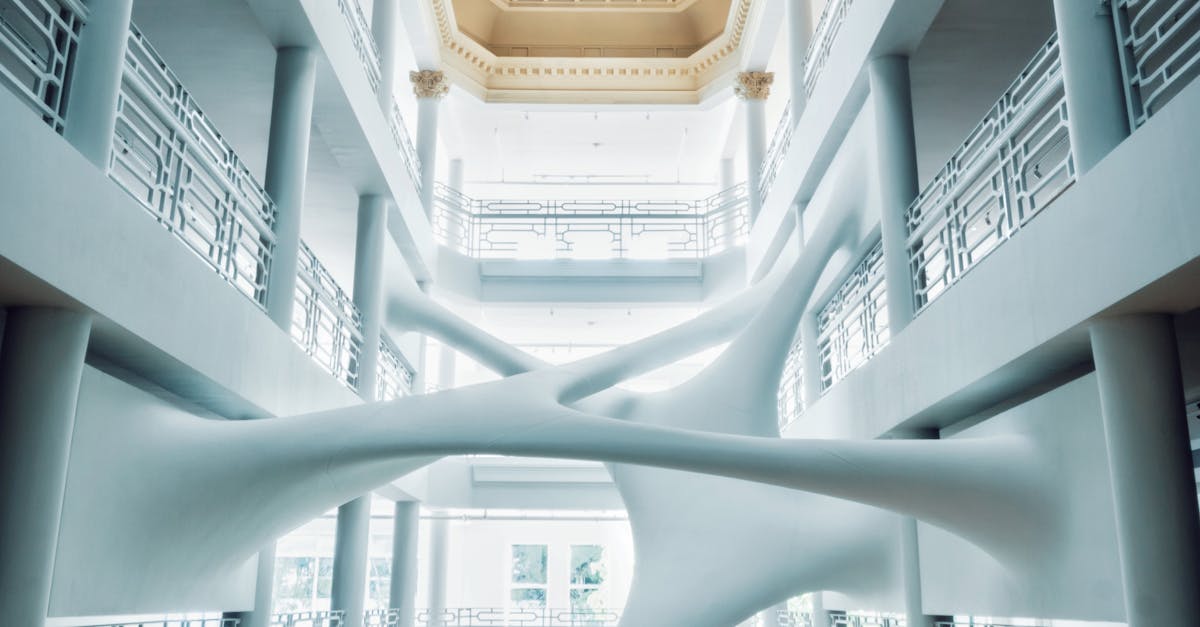Sculpting is a timeless art form that allows artists to transform raw materials into breathtaking works of art. Whether you’re working with clay, wood, or creating installation pieces, mastering a variety of techniques is essential to bring your vision to life. In this article, we will explore 14 essential sculpting techniques that every sculptor should know, with a focus on relief sculpture, installation sculpture, and working with clay and wood.
1. **Sketching and Planning:** Before diving into your sculpture, take the time to sketch out your ideas and plan the composition. This will help you visualize the final piece and make necessary adjustments before starting.
2. **Relief Sculpting:** Relief sculpture involves carving out designs on a flat surface to create a three-dimensional effect. Start by outlining the design on your material and gradually carve away the excess to bring your sculpture to life.
3. **High and Low Relief:** Experiment with creating high relief sculptures, where the figures or elements prominently stand out from the background, or low relief, where the carving is more shallow but still creates a sense of depth.
4. **Installation Sculpture:** Installation sculpture transcends traditional boundaries by incorporating space, light, and audience interaction into the artwork. Consider how your sculpture will interact with its surroundings and evoke emotions in the viewer.
5. **Mixed Media Techniques:** Combine different materials such as clay, wood, metal, or found objects to create dynamic and visually striking sculptures. Experiment with textures and finishes to add depth and interest to your piece.
6. **Clay Sculpting:** Working with clay allows for organic shapes and intricate details. Use tools like sculpting knives, wire tools, and brushes to mold and shape the clay into your desired form.
7. **Wood Carving:** Wood carving is a traditional sculpting technique that requires patience and precision. Choose the right type of wood for your project and use carving tools like chisels and gouges to shape the wood into intricate patterns and designs.
8. **Smoothing and Finishing:** After sculpting your piece, take the time to smooth out any rough edges and refine details. Use sandpaper, files, and carving tools to achieve a polished finish.
9. **Texturing Techniques:** Experiment with different texturing techniques to add visual interest to your sculptures. Create texture by carving, imprinting, or layering materials to enhance the overall look and feel of your piece.
10. **Armature Construction:** For larger sculptures or pieces made from materials like clay or plaster, constructing an armature provides structural support during the sculpting process. Use wire, rods, or other materials to build a framework for your sculpture.
11. **Firing and Curing:** If you’re working with clay, firing your sculpture in a kiln is essential to harden and set the clay. Follow proper firing techniques and temperatures to ensure the durability and longevity of your piece.
12. **Finishing Touches:** Add final touches to your sculpture by painting, staining, or sealing the surface. Consider using patinas, glazes, or other finishes to enhance the overall appearance and protect your sculpture from damage.
13. **Maintenance and Preservation:** Properly care for your sculptures by keeping them away from direct sunlight, extreme temperatures, and moisture. Regular maintenance and cleaning will help preserve the integrity of your artwork for years to come.
14. **Continuous Learning and Exploration:** Sculpting is a lifelong journey of discovery and growth. Keep learning new techniques, experimenting with different materials, and pushing the boundaries of your creativity to evolve as a sculptor.
By incorporating these 14 essential sculpting techniques into your practice, you can elevate your artistry and create stunning sculptures that captivate and inspire viewers. Whether you’re exploring relief sculpture, installation sculpture, or working with clay and wood, let your imagination soar and unleash the transformative power of sculpting.


